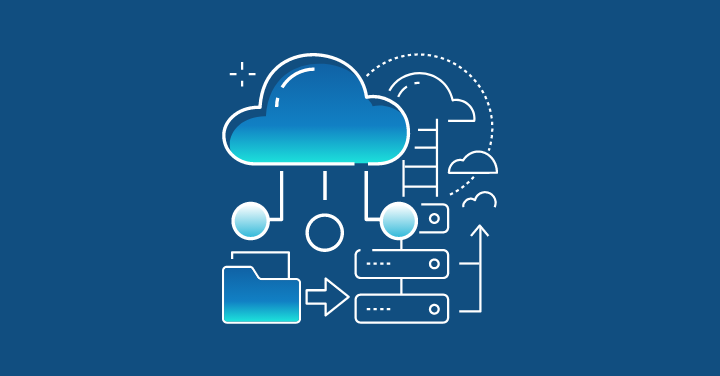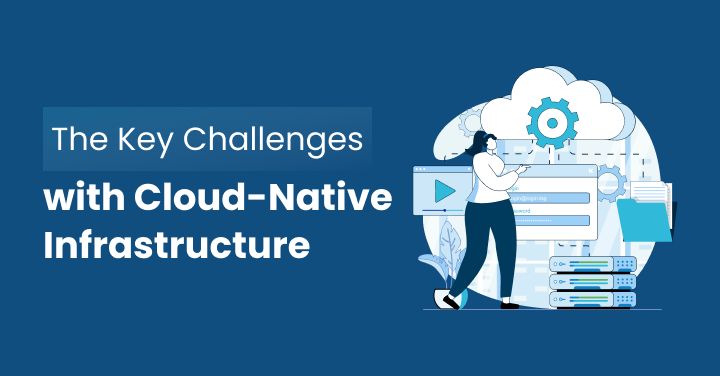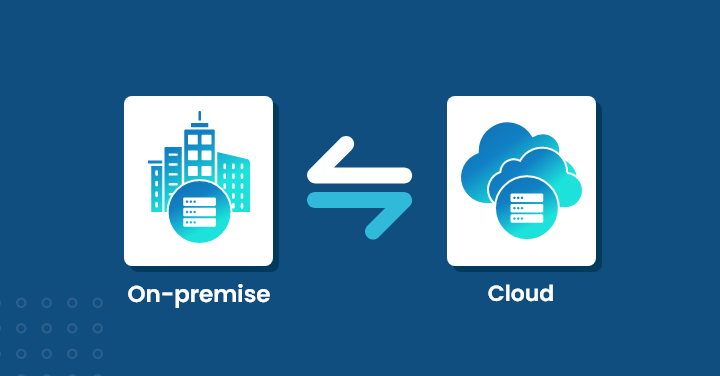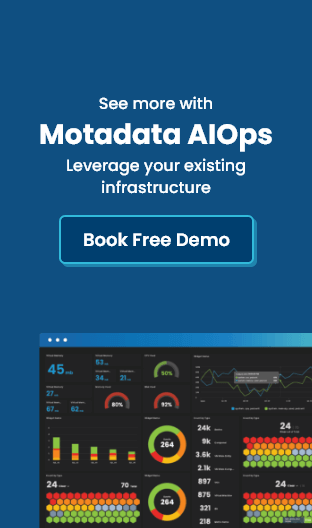The Information and Technology (IT) infrastructures of most businesses and enterprises have drastically improved in recent years, thanks to cloud computing. Teams are now getting less reliant on on-premise software and expensive hardware while improving productivity and efficiency.
Organizations benefit from the unmatched scalability and flexibility of these cloud-based digital solutions. These platforms charge based on usage, keeping overhead costs low.
Additionally, companies don’t have to hire developers or IT managers to keep their systems alive, efficient, and secure. This streamlines operations further while saving resources.
However, there are challenges.
As professionals are using more, if not all, cloud-based software solutions, the number of access points in a tech stack increases. Consequently, there are more opportunities for threats and malicious agents to hack the organizational database.
At the same time, these tools are essential to keep up with an agile marketplace and fierce competition. Therefore, it’s critical to find an efficiency-security balance to ensure teams move fast while staying safe.
In this article, let’s look at how IT infrastructure management has evolved in the cloud era to help teams remain productive and compliant.
1. Zero Trust Security Models
Zero Trust is a security framework built on the principle of “never trust, always verify.” The system assumes that a particular IT request or command is a threat until verified. Hence, no user or device is trusted by default, even though the basic parameters match.
Companies can implement this protocol by verifying each request through identity authentication and device checks and upholding the least privileged access. Moreover, when access is granted, it should allow users to view or interact with only those things that are necessary for the relevant task.
This practice is also crucial for containing security breaches to minimize the damage.
Consider a team member who mistakenly downloaded malware. If they are connected to the office network or the mainframe, the threat can instantly spread to other devices and shut down operations.
Zero Trust will prevent it from occurring.
It will first examine the downloaded file (malware) before sending it to another device. This is done to authenticate the file before transferring it for security purposes.
The protocol increases the chances of instant malware detection.
Hence, the threat can be restricted to a certain device or a small part of a network, protecting the rest of the infrastructure.
In other words, Zero Trust can protect IT assets from malware attacks and other digital threats by verifying every file transfer request.
It also elevates efficiency in IT infrastructure management by:
- Automating identity verification
- Centralizing access controls
- Reducing the need for manual policy enforcement
This relieves teams from administrative tasks, allowing them to focus on strategic initiatives.
At the same time, the framework also improves security by eliminating implicit trust, reducing the attack surface. Additionally, it repeatedly validates users and devices by segmenting them into groups, accelerating threat detection and isolation.
In cloud environments, where users and devices frequently change, Zero Trust ensures consistent protection while helping professionals move faster.
2. Infrastructure as Code
A key component of IT infrastructure management is defining servers, networks, and other resources. Traditionally, it is done through manual processes that involve technicians managing the changes at data centers and the company’s mainframe.
Infrastructure as Code (IaC) makes it possible through, as the name suggests, code. After teams write the code that reflects their updated IT infrastructure requirements, it is versioned, tested, and deployed automatically.
Some top runners in the IaC market include Terraform, AWS CloudFormation, and Ansible. These solutions allow enterprise IT teams to establish repeatable, consistent setups across environments.
Professionals simply need to write templates that describe the desired infrastructure state. The templates will then be executed to provision or update resources.
IaC boosts efficiency by eliminating manual configurations. This speeds up setup processes and decreases human error because machines do it. Companies can deploy their infrastructure in minutes, enhancing agility and scalability.
It also enhances security through version control, ensuring the changes are trackable, making rollbacks and audits easier.
Another way IaC elevates business IT security is by enforcing consistent configurations and eliminating ad hoc changes. Security policies, such as firewall rules or access controls, can be embedded into the code and validated during deployment.
This minimizes configuration drift and ensures environments remain compliant.
In simpler terms, IaC helps teams scale confidently, knowing that every deployment adheres to approved security and performance standards.
3. AI Automation for Management
A typical IT infrastructure management workflow includes plenty of repetitive and routine tasks, such as handling user accounts and permissions, tracking hardware and software inventory, monitoring the network, and reporting compliance.
AI-powered solutions, such as automated agents, can do them for IT teams. These tools analyze system logs to identify patterns and learn to perform administrative action items.
Teams can analyze system logs, performance metrics, and user behavior to detect anomalies, forecast resource needs, and trigger automated remediation.
For example, an AI system can identify a CPU overload, predict a failure, and spin up additional resources or reroute traffic without manual input.
IT infrastructure management departments can be efficient through AI automation, which reduces response times, minimizes downtime, and decreases errors in routine activities.
As “boring” tasks like scaling, performance tuning, and patch management are done by AI, professionals can focus on strategic priorities, such as workflow optimization.
From a security standpoint, AI automation can detect threats faster, flag suspicious activity, isolate systems or networks, and initiate response workflows instantly. Moreover, with time, these solutions improve their performance through continuous learning.
Leveraging AI automation for IT infrastructure management can be particularly beneficial in complex, distributed cloud environments, where manual monitoring is almost impractical. AI delivers both speed and precision to simplify managerial procedures.
4. Hybrid and Multi-Cloud Strategies
Hybrid and multi-cloud strategies combine various on-premise, private, and public IT infrastructures to help businesses and enterprises run their digital workflows.
This approach has two major benefits.
First, it allows teams to use the best option for each aspect of their operations, ensuring optimal performance. Some tools are installed on local devices while others are accessed through browsers. This flexibility enables professionals to build the most efficient process.
The second advantage is that it prevents vendor lock-in. Companies can customize their tech stack rather than sticking with a comprehensive but inefficient software suite.
Many organizations achieve this customization through specialized Cloud Application Development Services, allowing them to build tailored solutions that align with business goals and integrate seamlessly across environments. Additionally, cherry-picking the tools manually to create a custom tech stack can be more affordable.
A hybrid and multi-cloud strategy increases efficiency by giving IT infrastructure management teams more flexibility. They can avoid overprovisioning to optimize resource usage. Similarly, they can scale their infrastructure dynamically whenever needed to handle increasing workloads.
Moreover, as there is limited reliance on single providers, there are fewer disruptions. This elevates operational resilience.
Furthermore, this approach bolsters enterprise cloud security as well. There is no single point of failure, enabling teams to quickly contain data breaches or cyber threats. Replacing a concerned tool can be straightforward, as the rest of the IT system will remain unchanged.
In simpler terms, a hybrid and multi-cloud strategy helps IT infrastructure management departments gain the agility to innovate while maintaining control over data and systems.
5. Identity and Access Management
Digital ecosystems in modern organizations have multiple users. And each user can have multiple devices. Therefore, it is pivotal to ensure the right individuals are accessing the appropriate IT resources.
Identity and Access Management (IAM), as the name suggests, helps organizations verify the employees’ identity and validate access to organizational databases based on their responsibilities.
Fundamentally, IAM systems have two functions — check credentials and enforce pre-established access rules.
It checks credentials, such as passwords, biometrics, and multi-factor authentication (MFA), to ensure the right professionals are allowed into the organizational IT infrastructure.
These platforms, then, integrate with cloud-based solutions to empower each team member accurately based on their responsibilities. Many modern IAM platforms incorporate both Attribute-Based Access Control (ABAC) and Role-Based Access Control (RBAC), allowing organizations to tailor access policies based on user roles as well as dynamic attributes like location, time, or device—enhancing both precision and flexibility in access management.
IAM solutions increase efficiency in IT infrastructure management operations by automating user provisioning, enforcing consistent policies, and streamlining access across systems.
New employees can be granted access immediately, and changes in roles reflect instantly across all environments, reducing human error.
Organizations can also look forward to strengthening their digital security by minimizing unauthorized access and monitoring user activity. IAM detects abnormal login patterns, flags suspicious behavior, and can trigger real-time alerts or lockouts.
It also helps enforce compliance by maintaining detailed access logs. Audit teams and legal departments can quickly check if the sensitive information have been accessed by any unauthorized personnel.
In cloud-first environments, where users access resources from various devices and locations, IAM provides a secure and manageable way to control access. It ensures infrastructure remains protected without sacrificing agility or user productivity.
Wrapping Up
Thanks to the cloud era, IT infrastructures have evolved significantly. This has allowed businesses and enterprises to adopt scalable and flexible solutions to build dynamic workflows that support the faster pace of work.
However, multiple new tools in the tech stack could open up some security vulnerabilities.
Fortunately, IT infrastructure management practices have evolved to ensure the new-age cyber threats are dealt with effectively.
First, zero-trust frameworks give authorized individuals the minimum permissions necessary to eliminate the risks of accidental oversights. Then, IaC technologies help instantly scale up or down IT resources to optimize operational efficiency and expenses.
AI-enabled automation enables organizations to go through administrative tasks quickly and consistently. Professionals can now do more deep work.
Teams can also improve their security with hybrid and multi-cloud strategies. This prevents vendor lock-in and allows companies to get the best of all worlds. Moreover, IT technicians can spot anomalies immediately and contain breaches.
Finally, IAM checks and verifies each individual, device, and request before forwarding them to ensure process alignment while upholding compliance.






